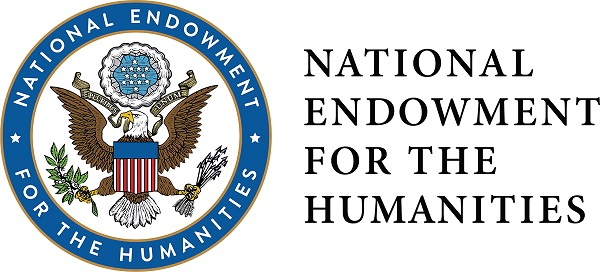
US Government Documents related to Indigenous Nations
Sponsor
Frank H. H. Roberts Jr.
Committee
Bureau of American Ethnology
Congress
87th Congress, 2d Session
Files
Download Full Text (296 KB)
Description
Published as a series sponsored by the Smithsonian Institution Bureau of American Ethnology, the “River Basin Surveys Papers” are a collection of archeological investigations focused on areas now flooded by the completion of various dam projects in the United States. The River Basin Surveys Papers (numbered 1-39) were mostly published in bundles, with 5-6 papers in each bundle. In collaboration with the United States (US) National Park Service and the US Bureau of Reclamation, the US Department of the Interior, and the US Army Corps of Engineers, the Smithsonian Institution pulled archeological and paleontological remains from several sites prior to losing access to the sites due to flooding. The Smithsonian Institution calls this project the Inter-Agency Archeological Salvage Program.
Paper number 35 discusses the excavation of the Hosterman Site, named for John B. Hosterman who was identified as the landowner at the time of excavation. The site is located on a bluff overlooking the east bank of the Missouri and was first surveyed in 1949, then again in 1951. The excavation described in this paper occurred in 1956. Excavation of the site yielded rectangular houses, cache pits, slaughtering/butchering areas, midden pits, and pottery. Many artifacts were also uncovered at the site, including projectile points, microblades, scrapers, oval bifaces, biface choppers, knives, burinlike implements, stone perforators, lamellar flake tools, and worked bone and teeth. Copper and shell were found at the site along with plant and animal remains. The author notes that there were no traces of European contact and asserts that the occupation of this site was likely short. The author labels the site as “pre-Arikara” and “pre-Mandan.” This paper includes photographs, illustrations, text figures, and maps.
Publication Date
1-1-1962
Keywords
Mandan Hidatsa and Arikara Nation, the Three Affiliated Tribes of the Fort Berthold Reservation, Mandan, Nueta, Arikara, Sahnish, Archeological Salvage Program, Missouri River, Oahe Reservoir, Oahe Dam, Hosterman site, excavation, anthropology, ethnology, rectangular houses, cache pits, pottery, projectile points, microblades, knives, artifacts, teeth, bone, copper, shell
Organizations Referenced
Mandan Hidatsa and Arikara Nation, the Three Affiliated Tribes of the Fort Berthold Reservation, Mandan, Nueta, Arikara, Sahnish, Smithsonian Institution, Bureau of American Ethnology, US National Park Service, US Bureau of Reclamation, US Department of the Interior, US Army Corps of Engineers
People Referenced
Carl F. Miller, John B. Hosterman, Frank H. H. Roberts Jr
Publisher
Government Printing Office
Disciplines
American Politics | Indigenous, Indian, and Aboriginal Law | Indigenous Studies | Law and Politics | Native American Studies | United States History
Recommended Citation
Miller, Carl F.. River Basin Surveys Papers, No. 35: Archeological Investigations at the Hosterman Site (39PO7) Oahe Reservoir Area, Potter County, South Dakota, 1956, Washington, D.C.: Government Printing Office, 1962. https://commons.und.edu/indigenous-gov-docs/74/.

Included in
American Politics Commons, Indigenous, Indian, and Aboriginal Law Commons, Indigenous Studies Commons, Law and Politics Commons, Native American Studies Commons, United States History Commons
Cultural Institutions Notice

Attribution Incomplete
Collections and items in our institution have incomplete, inaccurate, and/or missing attribution. We are using this notice to clearly identify this material so that it can be updated, or corrected by communities of origin. Our institution is committed to collaboration and partnerships to address this problem of incorrect or missing attribution.

Open to Collaborate
Our institution is committed to the development of new modes of collaboration, engagement, and partnership for the care and stewardship of past and future heritage collections.

